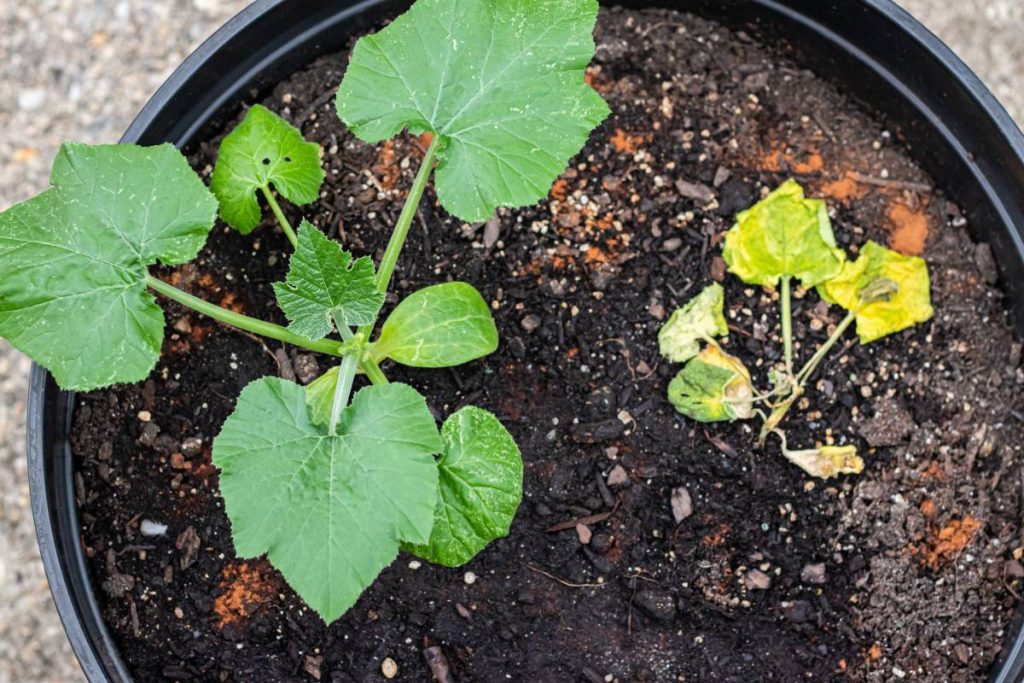Growing a garden and watching it flourish is a wonderful experience, but it requires time, effort, patience, and knowledge. Success in gardening depends on providing your plants with the right nutrition they need.
Plants, whether in gardens, lawns, or inside your home, require specific types of nutrients in the correct amounts and at the appropriate times. Proper nutrition helps them grow well, resist pests, and ward off diseases. Conversely, inadequate nutrition leads to plant stress and various issues. Nutrition is a vital aspect of plant health.
However, providing the right nutrients goes beyond sporadic fertilisation. Some well-intentioned gardeners either avoid using fertiliser or stick to rigid schedules, both of which can result in problems. Let’s explore some common mistakes made by gardeners and how to avoid them.
Related article: 6 Easy Exterior Designs to Boost Your Home’s Value
Over-fertilising
Using too much fertiliser can harm or even kill your plants. Excessive fertilisation can lead to lush green growth, which may initially appear pleasing but attracts sap-feeding insects like aphids and spider mites. In severe cases, it can cause wilted, yellow leaves with brown edges, a condition known as fertiliser burn, which can be fatal. To prevent this, avoid fertilising plants experiencing drought or stress, and always follow the product label’s instructions and precautions.

Under-fertilising
Nitrogen is a crucial plant nutrient and is often deficient in soil. It promotes leafy growth, enabling plants to sustain themselves. Phosphorus and potassium, two other essential nutrients, support healthy roots, flowers, fruits, and vital cellular processes. Neglecting these nutrients can lead to plants appearing yellowish, stunted, and weak. To address this issue, test your soil to identify nutrient deficiencies and apply a balanced fertiliser containing nitrogen, phosphorus, and potassium at least once a year.
Wrong Fertiliser Type
Each fertiliser serves a specific purpose, indicated by its name and nutrient ratios. For instance, using a high-nitrogen lawn fertiliser on tomato plants will result in abundant foliage but no tomatoes. Applying a 10-10-10 fertiliser on a lawn can cause nitrogen deficiency or an excess of phosphorus, leading to an iron deficiency. Keep in mind that liquid fertilisers deliver quick but short-lived nutrition, while organic and slow-release products provide a gradual and lasting supply of nutrients.
Before fertilising, consider the season and the specific needs of your plants. Choose a product that aligns with both.

Avoiding Focusing Too Much on N-P-K
While macronutrients like nitrogen, phosphorus, and potassium receive a lot of attention because plants require them in large amounts, numerous micronutrients play essential roles in plant health and growth. If any of these micronutrients are lacking, simply increasing your N-P-K (macronutrient) levels won’t address the issue. Periodically assess your soil to identify deficiencies.
While some store-bought soil test kits only cover N-P-K, for a comprehensive report that includes both macro and micronutrients, pH levels, and organic content, consider professional soil testing through services like the Cooperative Extension Service. They typically provide detailed results and expert advice on improving your soil within about six weeks.
Neglecting Soil pH
The acidity level of your soil, known as pH, significantly influences how plants utilise fertiliser. Different plant types thrive within specific pH ranges. When they’re within this ideal range, plants can efficiently absorb nutrients. However, when the pH is too high or too low, plants struggle to take up nutrients effectively.
When the pH is imbalanced, even if the necessary nutrients are present in sufficient amounts, plants may display signs of nutrient deficiency. In such cases, the solution isn’t more fertiliser but rather adjusting the pH level. You can raise pH using lime and lower it using substances like sulfur, aluminium sulfate, or iron.

Poor Timing
Plants require nutrients as they enter their growth phases. Delaying fertilisation until you notice signs of stress or nutrient deficiencies can result in weak plants, increased susceptibility to pests, and disease issues. Dry fertilisers take some time to reach the root zone and be absorbed by the plant roots.
In your garden, apply dry fertilisers during planting or a few days before planting seedlings. For lawns, feed them as they awaken in late spring. Use liquid plant food during peak growth periods. Avoid fertilising dormant plants, as the nutrients will wash away before they’re utilised.
Fertilising Without Testing
Gardening or landscaping without periodic soil tests is wasteful. Fertilising without the guidance of test results is like a guessing game, often leading to unnecessary plant losses when deficiencies become apparent. It’s challenging to distinguish between genuine nutrient deficiencies and pH problems without proper tests.
Occasionally have your soil professionally tested for a comprehensive evaluation of your growing conditions and as a reference point. For regular monitoring, use over-the-counter soil pH and nutrient tests. Utilise the insights gained from soil testing to develop a more effective fertilisation plan for a healthier garden.
Conclusion
In the wonderful world of gardening, we’ve learned that the magic truly happens when you get the attention (and fertilisation, of course) just right. It’s not just about nurturing your plants; it’s about supercharging their growth and vitality.
As a gardener, you might want to steer clear of the common traps ASAP, like over-fertilisation, pH neglect, and timing mishaps, so you’ll be sure that your green companions will thrive and dazzle.
These tips are born from experience and the love of gardening, so go ahead and give them love and enthusiasm. Your garden is on the verge of spectacular growth—happy gardening, and let’s watch it flourish together!







